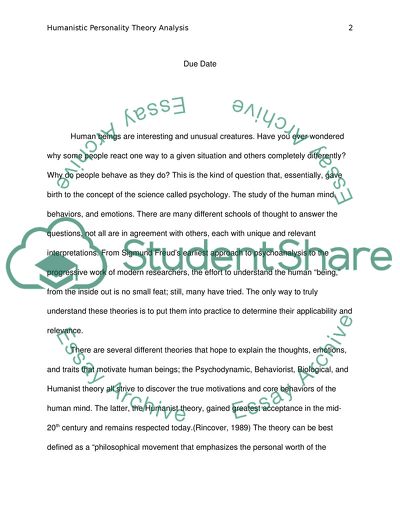Cite this document
(Humanistic Personality Theory Analysis of Prince Akeem Joffer Coursework Example | Topics and Well Written Essays - 2500 words, n.d.)
Humanistic Personality Theory Analysis of Prince Akeem Joffer Coursework Example | Topics and Well Written Essays - 2500 words. https://studentshare.org/sociology/1792906-humanistic-personality-theory-analysis-of-prince-akeem-joffer
Humanistic Personality Theory Analysis of Prince Akeem Joffer Coursework Example | Topics and Well Written Essays - 2500 words. https://studentshare.org/sociology/1792906-humanistic-personality-theory-analysis-of-prince-akeem-joffer
(Humanistic Personality Theory Analysis of Prince Akeem Joffer Coursework Example | Topics and Well Written Essays - 2500 Words)
Humanistic Personality Theory Analysis of Prince Akeem Joffer Coursework Example | Topics and Well Written Essays - 2500 Words. https://studentshare.org/sociology/1792906-humanistic-personality-theory-analysis-of-prince-akeem-joffer.
Humanistic Personality Theory Analysis of Prince Akeem Joffer Coursework Example | Topics and Well Written Essays - 2500 Words. https://studentshare.org/sociology/1792906-humanistic-personality-theory-analysis-of-prince-akeem-joffer.
“Humanistic Personality Theory Analysis of Prince Akeem Joffer Coursework Example | Topics and Well Written Essays - 2500 Words”. https://studentshare.org/sociology/1792906-humanistic-personality-theory-analysis-of-prince-akeem-joffer.


